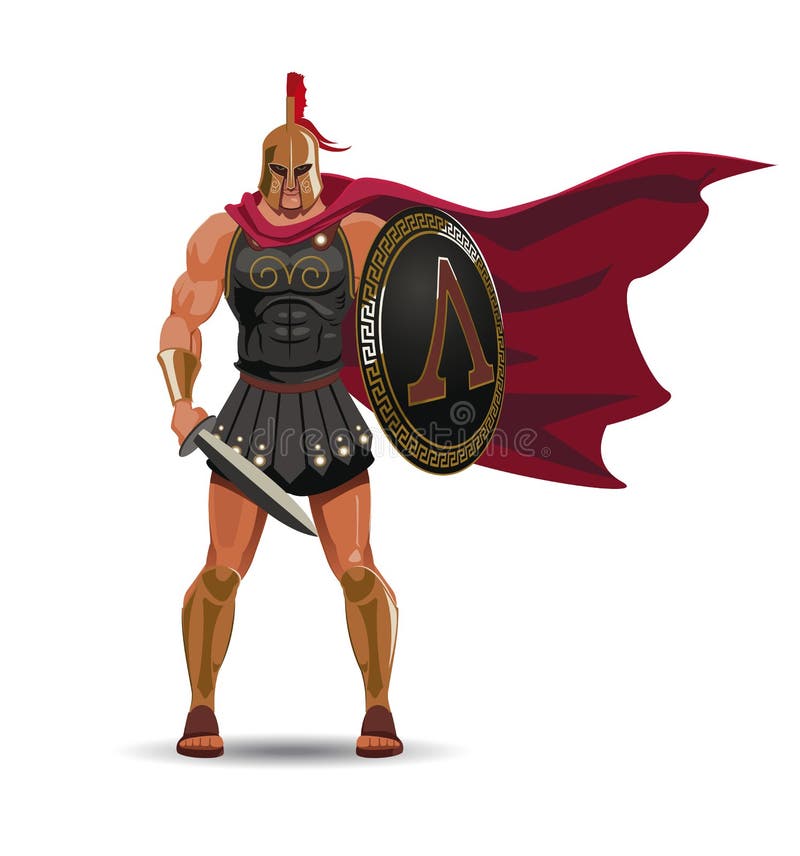


How that influenced the famous Greek shield we can only speculate.Įlongated or oval shields did become very common during the iron age and the Greeks themselves adopted a type they called the thyreos which they possibly copied from the Romans. The bronze age saw the dominance of geometric art which was squares, lozenges, zigzags and also concentric circles. Smaller flatter round shields do appear in other parts of Europe during the bronze age and it could be something as simple as you can trace the outline of a shield with a simple compass made of a scribe attached to a piece of string. It can't be answered with any certainty as it likely had a cultural reason, the same way the earlier figure of 8 shields used by the Mycenaeans might seem an odd choice. The gladius' short reach, combined with the necessity to get up close and personal to use the shield as a primary weapon, means a larger shield (curved to fit around the body, works better. The gladius is strictly a thrusting weapon, so restriction of arm movements is no longer of significance. The opponent is mauled by the shield, it's top edge and boss in particular used to wear an opponent down until his guard drops and the gladius can be slipped under his ribs. The greater reach of the spear also keeps the opponent at bay, so less defensive coverage is necessary.įor Roman Legionnaires of the classic period, the shield is actually the primary weapon, the gladius (short sword) secondary. Because of the many different ways in which a spear was used by a hoplite in offence, in and out of formation, a lighter round shield was more suitable by providing less interference with the spear use. For a hoplite, the spear is the primary weapon and the shield only a secondary weapon, being primarily defensive.


 0 kommentar(er)
0 kommentar(er)
